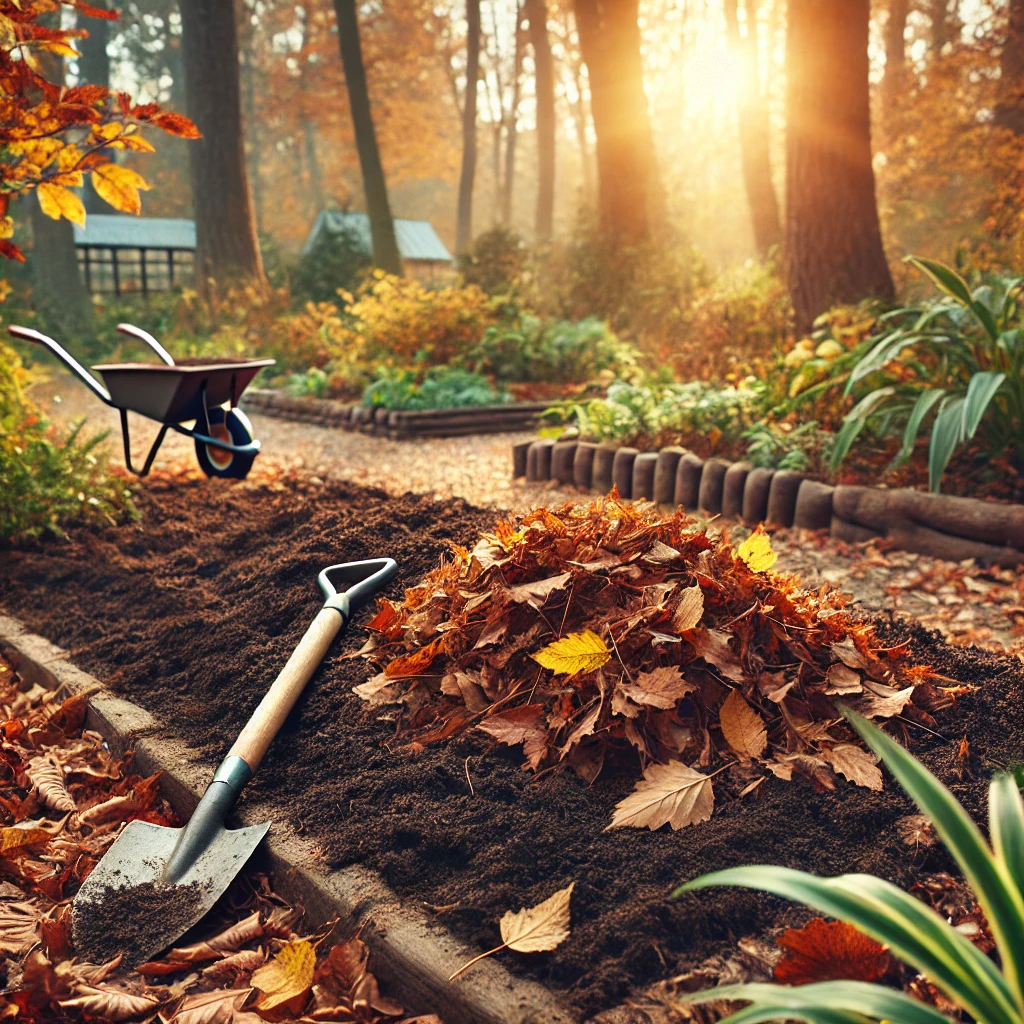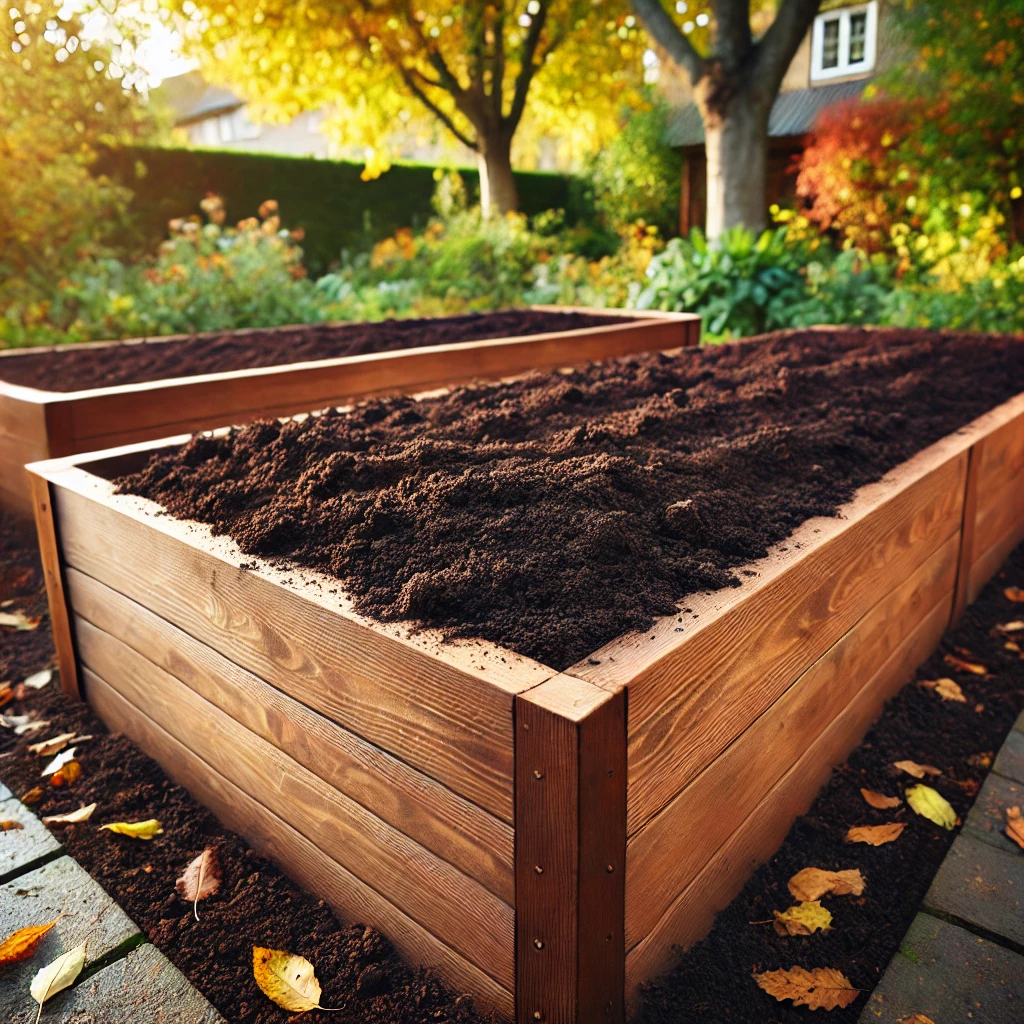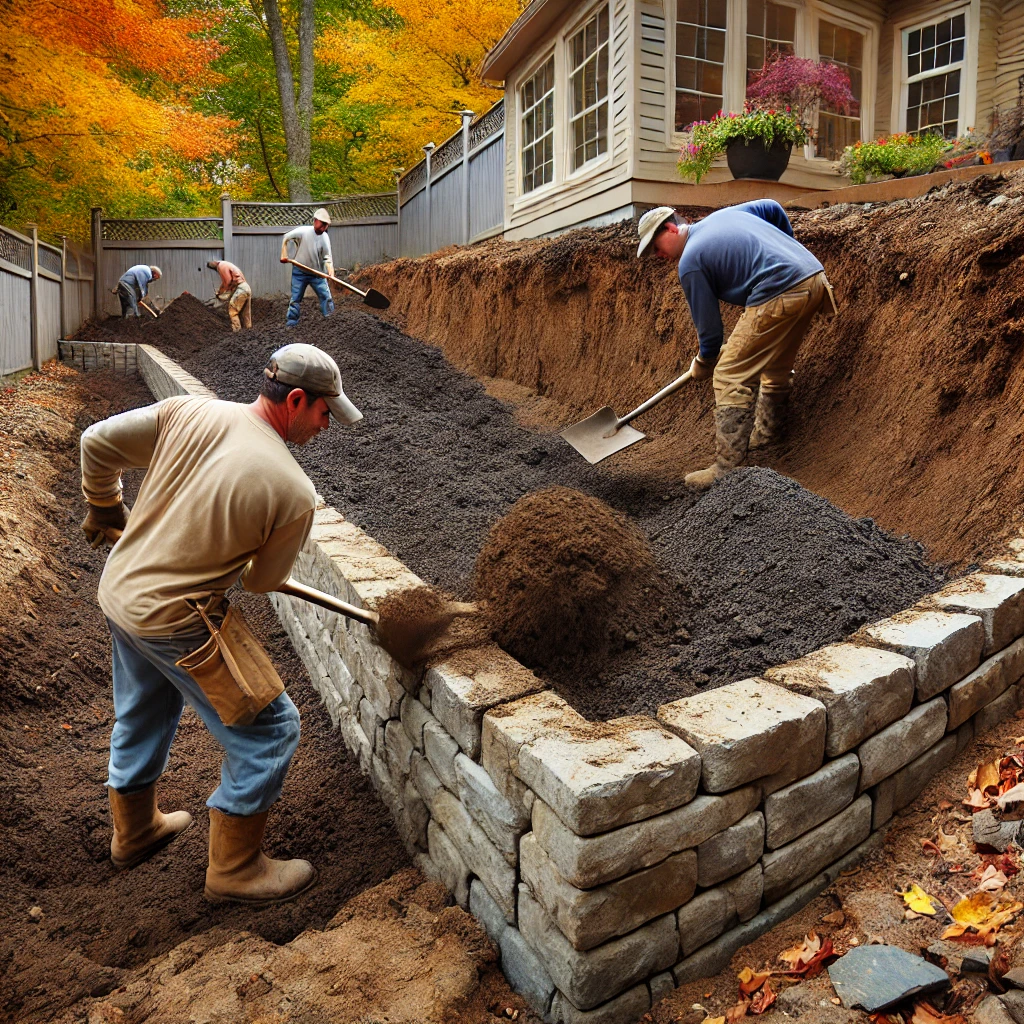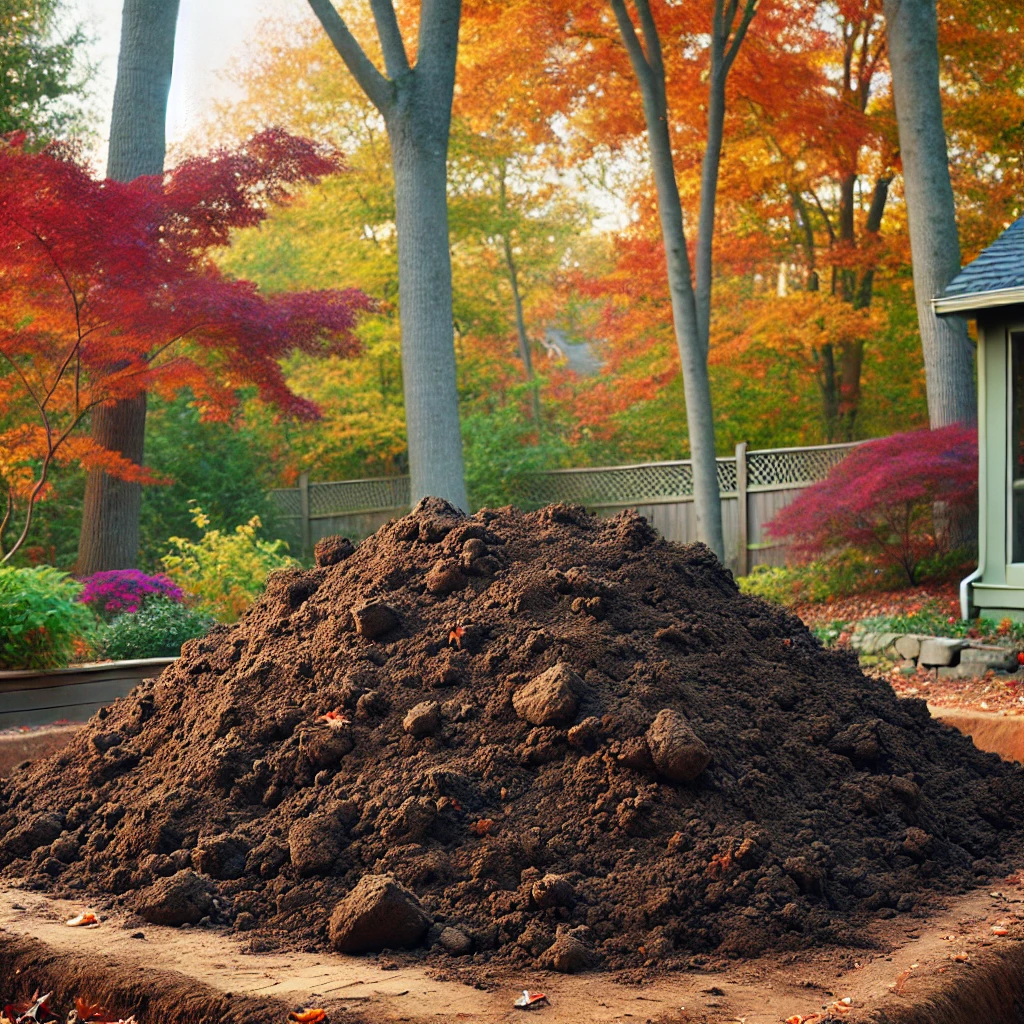When it comes to starting a new project—whether it's gardening, landscaping, or construction—understanding the type of soil you're working with is crucial. The soil's characteristics can significantly influence the success of your project. In this post, we'll explore the various types of soil, their unique properties, and the projects they're best suited for.
1. Clay Soil
Characteristics:
Texture: Sticky when wet, hard when dry.
Drainage: Poor drainage, prone to waterlogging.
Nutrient Content: High in nutrients but often inaccessible to plants due to its dense structure.
Best Suited For:
Clay soil is ideal for crops that require a lot of nutrients and can handle slow drainage, such as cabbages and broccoli. It's also suitable for making pottery and bricks due to its dense and moldable nature. However, for gardening, it's often necessary to improve its structure by adding organic matter to enhance drainage and aeration.
2. Sandy Soil
Characteristics:
Texture: Gritty and loose.
Drainage: Excellent drainage but poor water retention.
Nutrient Content: Low in nutrients, as water tends to wash them away quickly.
Best Suited For:
Sandy soil is perfect for plants that require good drainage, like cacti and succulents. It's also commonly used in constructing road bases and for concrete production. To make it more fertile for gardening, you can add organic compost or mulch to improve water and nutrient retention.
3. Loamy Soil
Characteristics:
Texture: Balanced mix of sand, silt, and clay.
Drainage: Good drainage with excellent water retention.
Nutrient Content: Rich in nutrients and humus.
Best Suited For:
Loamy soil is the gardener's best friend. Its balanced texture and nutrient content make it ideal for growing a wide variety of plants, from vegetables and fruits to flowers and shrubs. In landscaping and lawn care, loamy soil ensures healthy plant growth and robust lawns. Its versatility also makes it suitable for construction projects where moderate drainage and stability are required.
4. Silty Soil
Characteristics:
Texture: Smooth and soapy to the touch.
Drainage: Moderate drainage but can become compacted.
Nutrient Content: Fairly fertile with high mineral content.
Best Suited For:
Silty soil is great for growing crops like rice and wheat, which thrive in nutrient-rich environments. It's also used in garden beds and flower borders where rich, moisture-retentive soil is beneficial. To prevent compaction, adding organic matter can help maintain its structure.
5. Peaty Soil
Characteristics:
Texture: Dark, spongy, and high in organic matter.
Drainage: Retains a lot of moisture, sometimes too much.
Nutrient Content: Acidic and low in nutrients but can be improved with lime and fertilizers.
Best Suited For:
Peaty soil is excellent for growing acid-loving plants such as blueberries, rhododendrons, and azaleas. Its high moisture content makes it beneficial for water-loving plants. However, in construction, peaty soil is often avoided due to its poor stability and high organic content.
6. Chalky Soil
Characteristics:
Texture: Stony and alkaline with a high lime content.
Drainage: Free-draining but often shallow.
Nutrient Content: Poor in nutrients but rich in calcium carbonate.
Best Suited For:
Chalky soil is suitable for plants that thrive in alkaline conditions, such as lilacs, lilies, and many vegetables. It's also used in agriculture for crops that can tolerate its alkalinity. For landscaping, incorporating organic matter can help improve its fertility and structure.
Conclusion
Understanding the different types of soil and their characteristics is key to the success of your project. Whether you're planting a garden, designing a landscape, or starting a construction project, selecting the right soil will ensure your efforts are rewarded with healthy growth and stable structures. If you find yourself with excess soil or need specific types for your project, remember that Earth Movement can help connect you with the right resources, saving you money and promoting sustainable practices. Happy digging!




